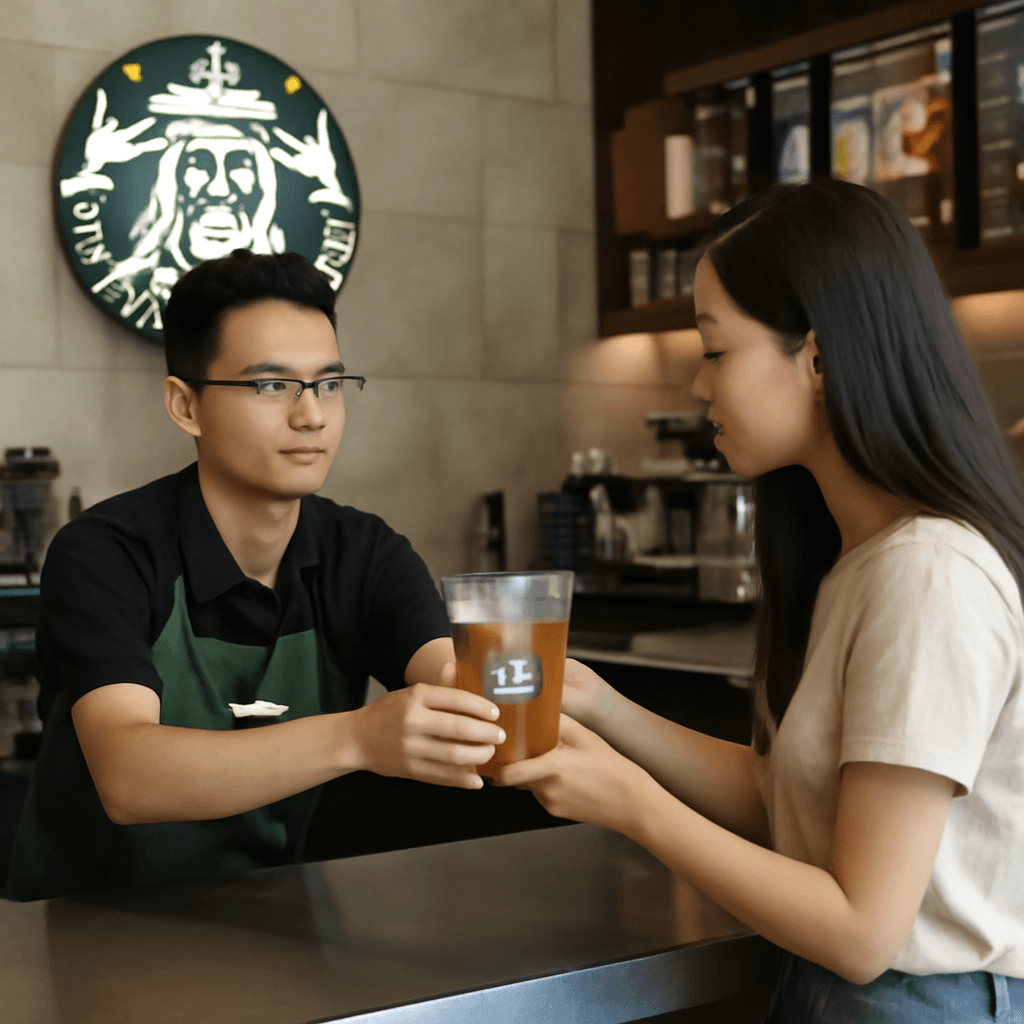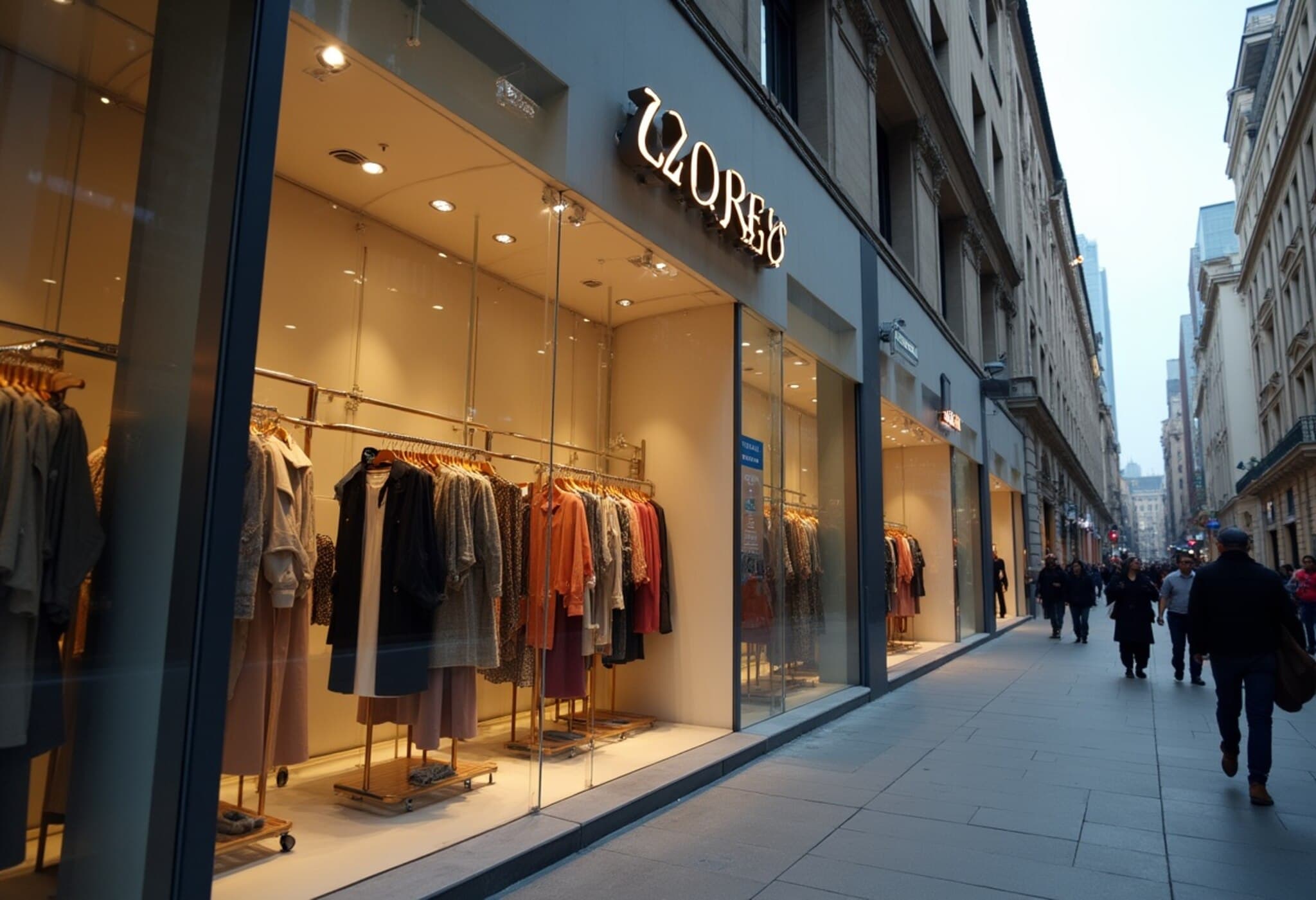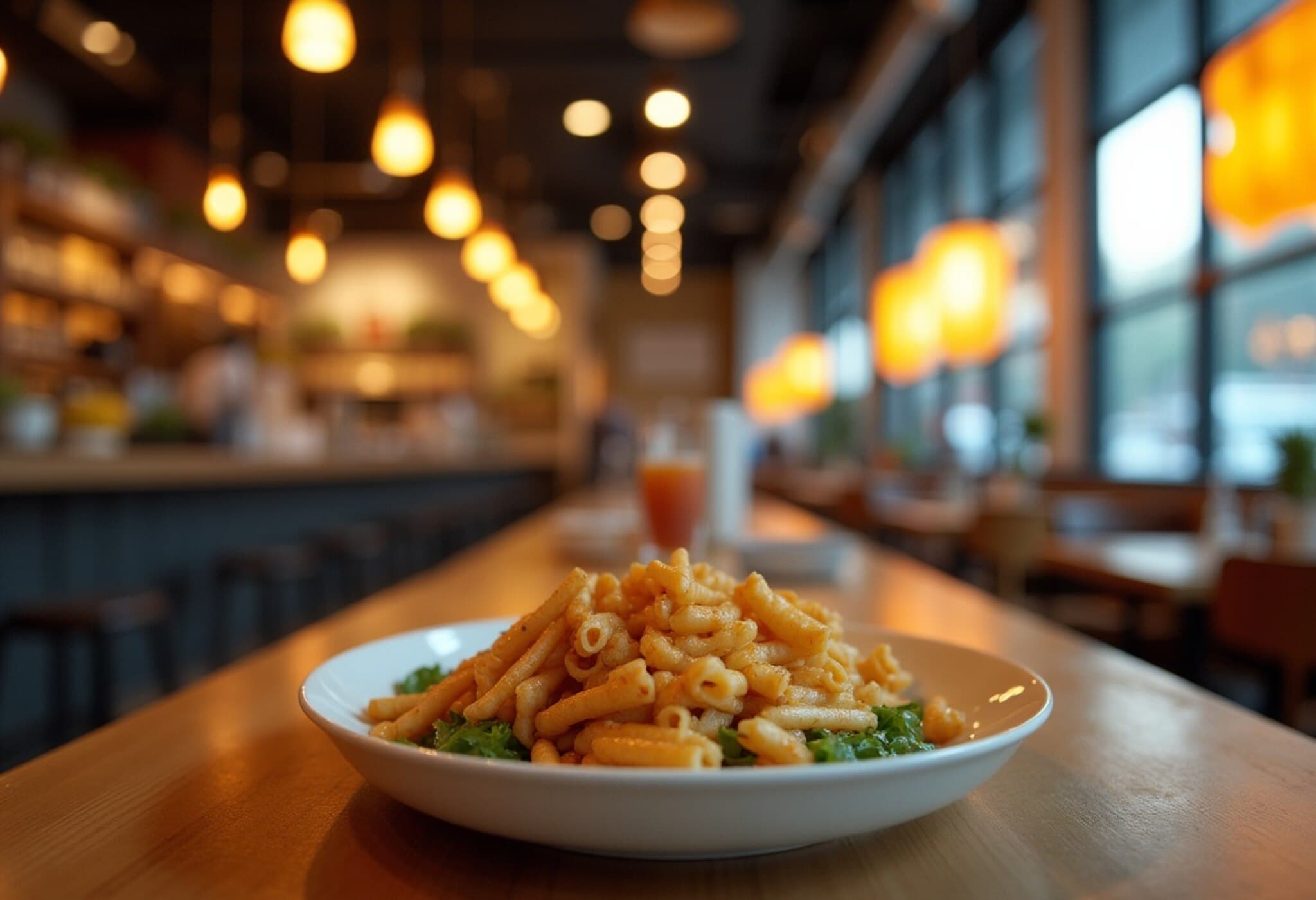Understanding 'Treatonomics': The New Consumer Mindset in Challenging Times
In today's unpredictable economic landscape, a compelling consumer trend—dubbed "Treatonomics"—is gaining momentum. It represents a shift toward spending on both small pleasures and significant life-enhancing experiences that offer emotional relief amid widespread uncertainty.
The essence of Treatonomics lies in consumers purchasing affordable luxuries such as makeup, home décor, or collectible items like Labubu dolls to uplift mood and maintain morale during tough times. While such spending practices may seem superficial, experts see them as meaningful adaptations to economic pressures like inflation and high interest rates.
The Lipstick Effect: Historical Roots of Treatonomics
The concept traces back nearly a century to the "lipstick effect," first observed during the Great Depression of the 1930s. The idea gained renewed attention in the early 2000s when Leonard Lauder, former chairman of Estée Lauder, noticed increased lipstick sales following the September 11 attacks.
John Stevenson, a seasoned retail analyst at Peel Hunt, explains, "When budgets tighten, consumers often forego big-ticket items—like a new sofa or outfit—but still indulge in smaller, uplifting purchases like lipstick or cushions. This behavior highlights why homewares and small luxury categories remain resilient even in downturns."
Why Treatonomics Is Flourishing Now
The COVID-19 pandemic sparked a global introspection on personal wellbeing, repositioning 'treating yourself' from a guilty pleasure to an essential mental health boost. Consumers, especially younger generations, are shifting resources toward memorable experiences—spending hundreds on concert tickets or unique events—rather than traditional major milestones like weddings or homeownership.
Meredith Smith, senior director at retail analysis firm Kantar, calls Treatonomics "the lipstick effect on steroids." She notes, “Today's consumers, facing heightened uncertainty and access to a wider variety of options, are redefining joy through small, intentional indulgences—from celebrating breakup parties and dog birthdays to investing in self-care rituals.”
- Celebrating “inch-stones” instead of milestones
- Rise in breakup and divorce parties across Western countries
- Growth in “kidulting” with adult LEGO kits and nostalgic purchases
- Greater spending on one-off concerts and travel experiences
Changing Cultural and Economic Milestones
The societal script for success—marriage, owning a home, career achievements—is evolving or disappearing for many. For instance, those unable to own homes by their 40s may channel creative energy and money into personal treats that express individual identity and emotional resilience.
Smith highlights that cultural shifts are pronounced among Millennials and Gen Z, who often replace traditional celebrations with unique, personalized rituals that provide empowerment and joy amid ongoing economic anxiety.
Consumer Confidence and Economic Context
Consumer confidence remains fragile globally. In the U.K., GfK’s Consumer Confidence Index dipped slightly to -19 in July 2025, while the U.S. saw only modest improvement, with levels still trailing last year’s highs.
Stephanie Guichard, senior economist at The Conference Board, comments, "Subdued confidence fuels demand for more affordable yet gratifying purchases that provide immediate joy, aligning well with Treatonomics."
Kantar’s Global Economic Policy Uncertainty Index characterizes our times as an era of "Great Uncertainty," spanning decades with no clear resolution in sight. This long-term disruption suggests Treatonomics will persevere and morph alongside shifting consumer psychology, regional cultures, and economic conditions.
Challenges for Brands
For companies, this evolving landscape is both an opportunity and a challenge. Brands must stay nimble, tracking fragmentation of treat culture across demographic and geographic lines to meet consumers’ nuanced desires.
Whether it’s offering affordable indulgences or curating exclusive experiences, businesses willing to align authentically with consumers’ emotional needs will likely thrive amid ongoing economic turbulence.
Looking Ahead
Experts predict Treatonomics and related "Little Treat Culture" trends will remain influential for the next three to five years, potentially longer. For consumers, this means continued prioritization of joy and self-expression through mindful splurges.
As we navigate uncertain futures, the growing embrace of Treatonomics underscores a profound human desire: to find comfort, meaning, and celebration—even in the small things—when traditional milestones feel out of reach.
Editor's Note
While Treatonomics offers a heartening look at consumers' resilience, it raises important questions: Are these small indulgences sustainable amid widened economic inequality? How do varying cultural contexts shape these new rituals, and what role can policy play in supporting both financial security and emotional wellbeing? As the trend unfolds, watching how businesses and societies adapt could reveal much about post-pandemic economic recovery and human psychology.


















